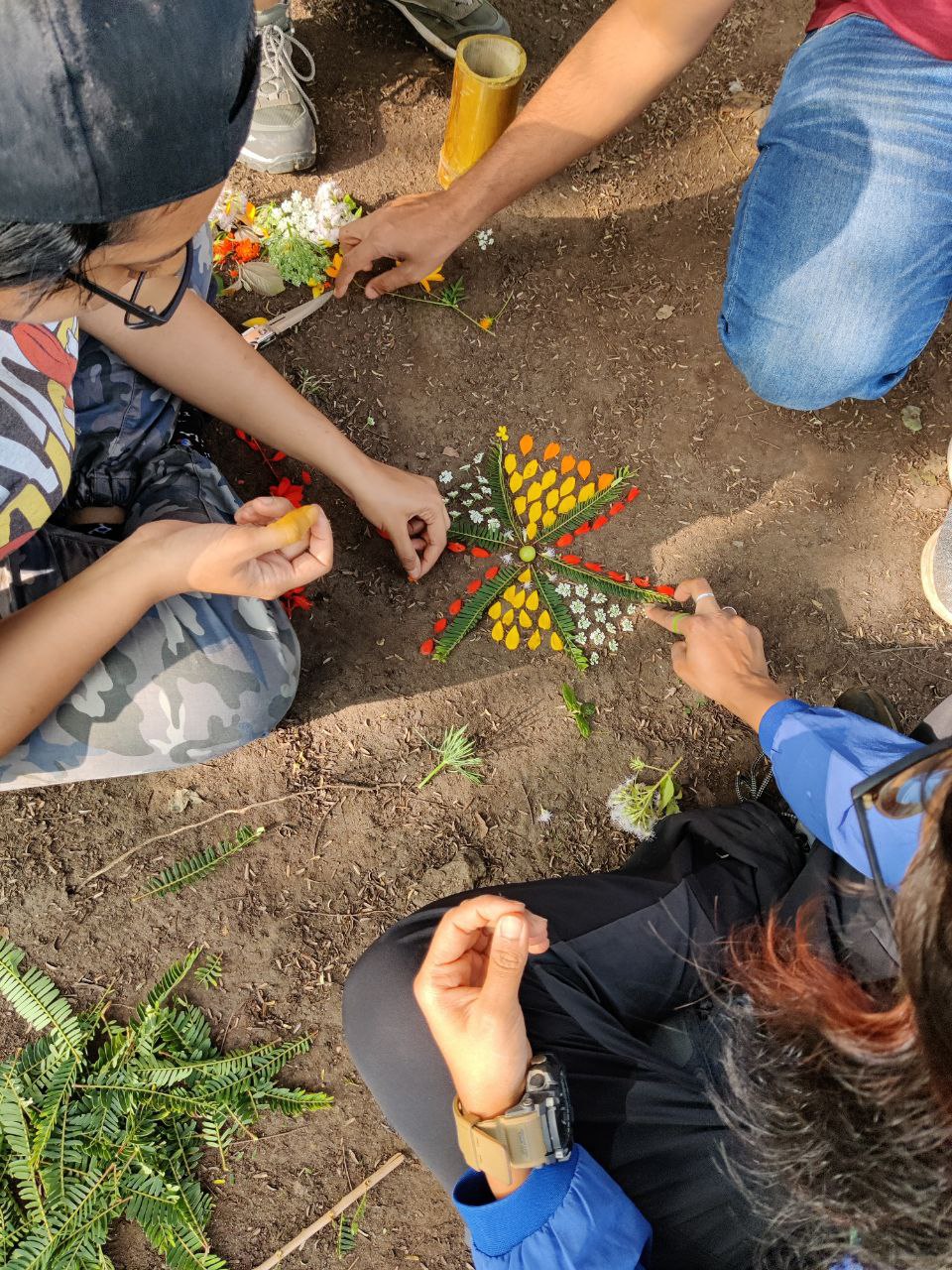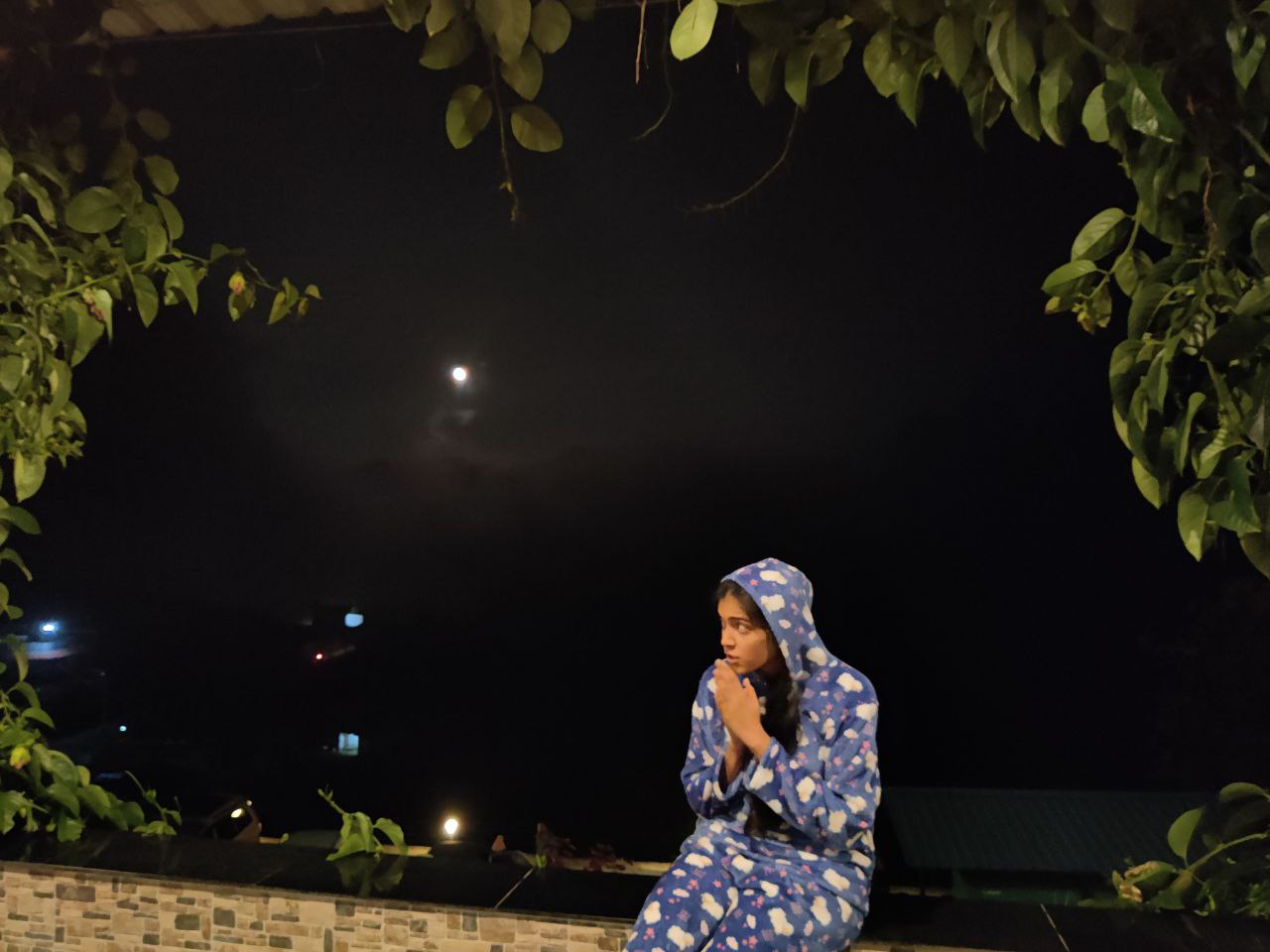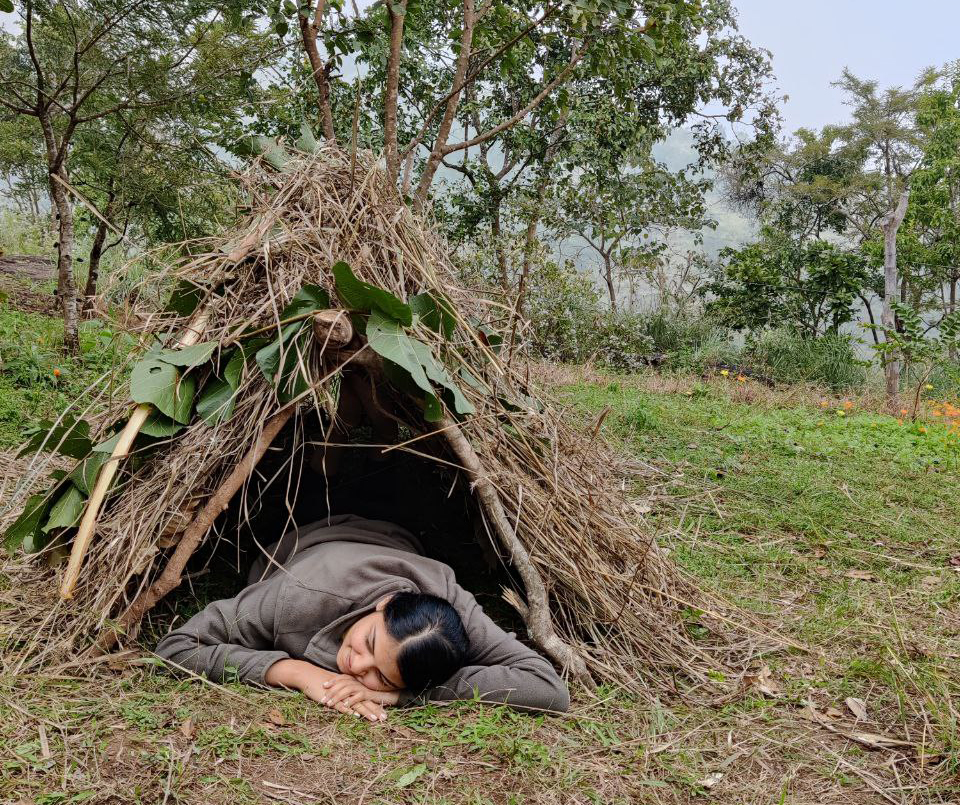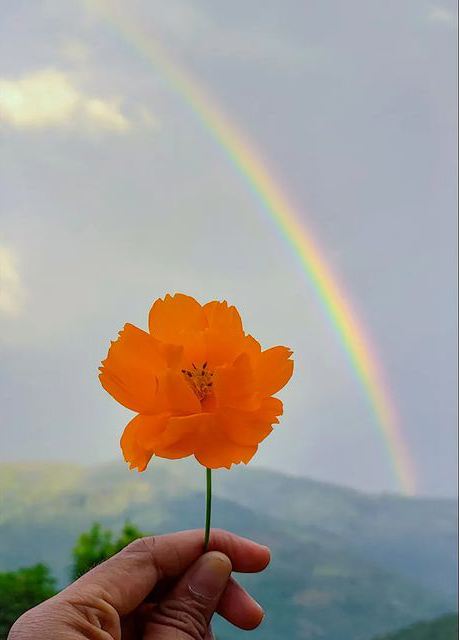The mountains are majestic and seem to call us all the time. I had the privilege of trekking for the first time in the Himalayas with a group. The sight of snow-covered peaks, picturesque rivers, and scattered villages can make anyone’s heart skip a beat. I arrived at the campsite with my group and little did I know that the next three days would be the best experience of my life.

Early in the morning, with the sunrise, we set out for the trek towards Triund. We started from Dharamshala in vehicles up to Dharamkota, and from there, we walked uphill, crossing obstacles on the trail and enjoying the fragrance of pine trees. The fresh breeze never made us feel tired, and with every turn, we could see a new sight filled with different species of flowers.
As the trek leader, I made sure no one was left behind, and the group got adequate rest from time to time. We collected a lot of red flowers of rhododendron and brewed a very refreshing concoction on the way. Reaching the top felt like being on cloud nine, and we could see the complete Himalayan ranges and the valley down below. It was very windy, and after exchanging some goodies with other trekkers who were there before us, we started our journey back and planned to explore another route the next day.
Modern life has put children under pressure, taking them away from nature and keeping them in a concrete jungle. Nature deficit syndrome is quite prevalent in children who spend their time in cities. We all know that nature is healing; it destresses and opens your mind to new perspectives. Recent research has proven that children who spend their time outdoors are more alert, better in social skills, have better immunity levels, understand ecology and habitat, and become better citizens.
With this in mind, the Outdoorsy – The Nature School originated to bridge the gap between children and nature. An initiative of The Wild Survival Academy, Outdoorsy takes children to nature to unlearn and relearn. As the Head of Outdoorsy programs in Hyderabad, I had the opportunity to interact and understand the impact and change nature has brought into the lives of hundreds of children.

It gives me great joy to see them getting dirty in the mud, climbing trees, collecting leaves, and tasting forest food. Psychologically, these programs helped children perform better in their academics, and parents always thank us for the change we brought in their lifestyle.
The programs are conducted at our nature camps around the city and sometimes out of the city. The students are made independent, self-reliant and develop social skills by mingling with other students. Mostly, the stay is organized at camps amidst raw nature where they absorb the healing energies of the forest. They learn about astronomy and navigation at night time, sleep under the stars, appreciate the infinite sky, and observe the shooting stars. It is fun to watch them saying aloud their wishes every time they see a shooting star.
As I continue to work on designing new activities for children of all age groups, be it making jewellery from seeds, or nature mandala from leaves, I experienced a sight that will stay with me forever. It was in the month of April, and the nights were dark, and I saw millions of stars landing on the earth. The sight was beautiful to behold. It stopped my breath as if I was gazing at infinity. Deep in the forest, the campsite had an abundance of tropical trees untouched by humans, and the weather and atmosphere played a perfect role to bring fireflies to life. They were everywhere around me, on the bushes, on the tree branches, and sometimes landing on my hands. The tiny creatures continued to glow intermittently, mesmerizing me with the light.

During our stay at the camp, our group was fortunate enough to witness a rare phenomenon – thousands of fireflies lighting up the night sky. We stood in awe, mesmerized by the dance of light around us.
As our time at the camp came to an end, we said our goodbyes to the deep forest, promising to return during the same season to witness this spectacle again. The chilly morning air made it tempting to stay snuggled in my quilt, but I pushed myself to get up early and join the group for the day’s trek and exploration. We packed breakfast and set out from the camp towards the river.
The sound of water hitting the stones was deafening, and the morning breeze left tiny droplets of water on my face. Feeling refreshed, we made our way forward, sometimes slipping and other times hopping from stone to stone. After about 3kms, we encountered tiny streams blocking our way. We formed a chain and helped each other cross the obstacle, inevitably getting our shoes wet. However, our spirits were not dampened.
Continuing ahead, we saw several craftsmen shaping and chopping stone tiles, which are used as roofing tiles in small hamlets of Himachal. Once collected, the tiles are loaded onto mules and sent to towns for selling, providing a livelihood for the locals. Moving ahead, we finally reached our destination – a magnificent waterfall with a height of over 100mts.

The water cascaded onto the stones below, creating tiny droplets that formed a beautiful rainbow against the rising sun. It was a sight to behold, and we captured many pictures. Some of us even attempted to reach the source of the fall and came across nests of Himalayan vultures. They glided around us with their huge wingspan, and we sat quietly observing the young ones in the nest. Though it was a beautiful sight, we had to make our way down to avoid aggression from the vultures.
Returning to the waterfall base, we took a bath with the ice-cold water, which washed away all our tiredness. After some tea and refreshments, we headed back to our camp, enjoying the breath-taking vistas on the way. We reached the camp around sunset, feeling content and fulfilled.